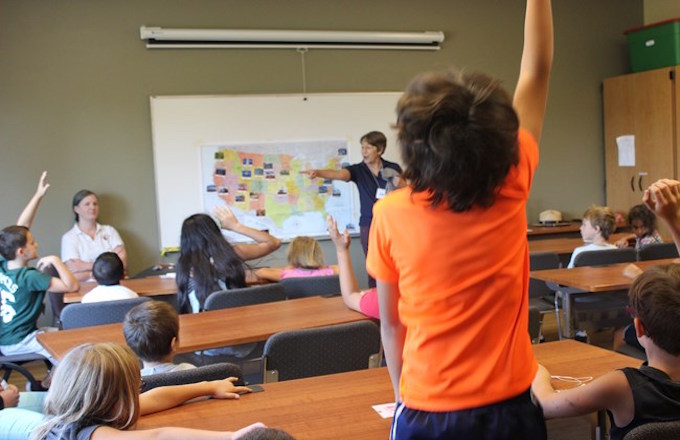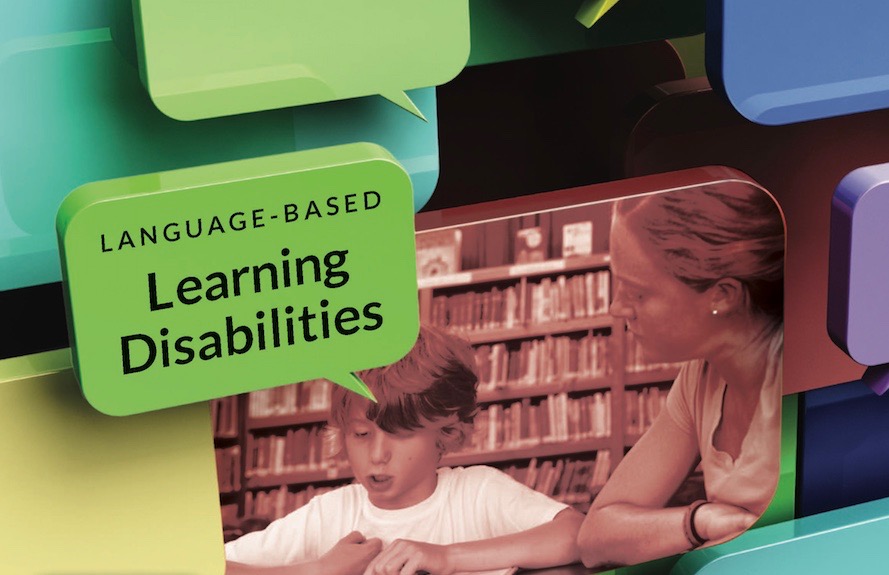The Importance of Interest and Motivation
Recent research about brain functions demonstrates the value of interest and motivation in the development of academic skills, specifically for secondary students. FMRIs have allowed researchers to study the activation of different areas of the brain during specific tasks. This research suggests that students need to be interested and motivated to learn in order for true learning, or activation of necessary brain regions, to take place.
On the other hand, students under stress or faced with a perceived threat are known to show decreased interest and motivation. The human brain is wired for survival, and, when presented with a perceived threat, the brain will transform into a reflex survival response. Students under stress or faced with perceived threats may relate to any of the following experiences: fear of ridicule or punishment, feelings of exclusion in response to teacher requests to keep seated and quiet, fear of isolation from classmates, confusion due to unclear expectations, and lack of engagement in tasks that are too easy or too difficult. In order to prevent these feelings, lessons should include various visual and audio stimuli to arouse curiosity.
Promoting and Assessing Interest and Motivation
Aside from creating educational opportunities that include novel and interesting ideas, educators can structure their classroom environments and instruction in a way that fosters student interest and motivation. Students want to have control over their work, they want to get better at what they do, and they want to be part of something that’s bigger than them. Therefore, it is essential that educators provide opportunities for autonomy, mastery, and purpose. Educators can support these opportunities by applying the following suggested strategies:
- Having students set attainable personal goals
- Modeling statements of self-efficacy
- Focusing on constructive feedback
- Encouraging students to share strategies that work
- Providing time for students to explore and make choices
- Recognizing students’ needs and preferences
- Creating classroom norms
- Allowing for group work
- Following a clear agenda
- Incorporating opportunities for movement
- Using laughter as a stress relief and memory strategy
Furthermore, educators can provide questions, such as interest inventories, to learn more about students’ interests and goals as a starting point for educational planning.
Gregory, Gayle, and Kaufeldt, Martha. (2015). The Motivated Brain. ASCD: Alexandria, Virginia.
How Does This Connect to Landmark’s Teaching Principles™?
When educators incorporate students’ interests into lesson plans and curriculum development, the students are implicitly included in the learning process, which is Landmark’s sixth Teaching Principle™. Research supports the idea that student inclusion in and ownership of the learning process leads to increased interest in learning and motivation to continue in this process. For the full text of the Landmark Teaching Principles™, including “Include Student in the Learning Process,” click here.



